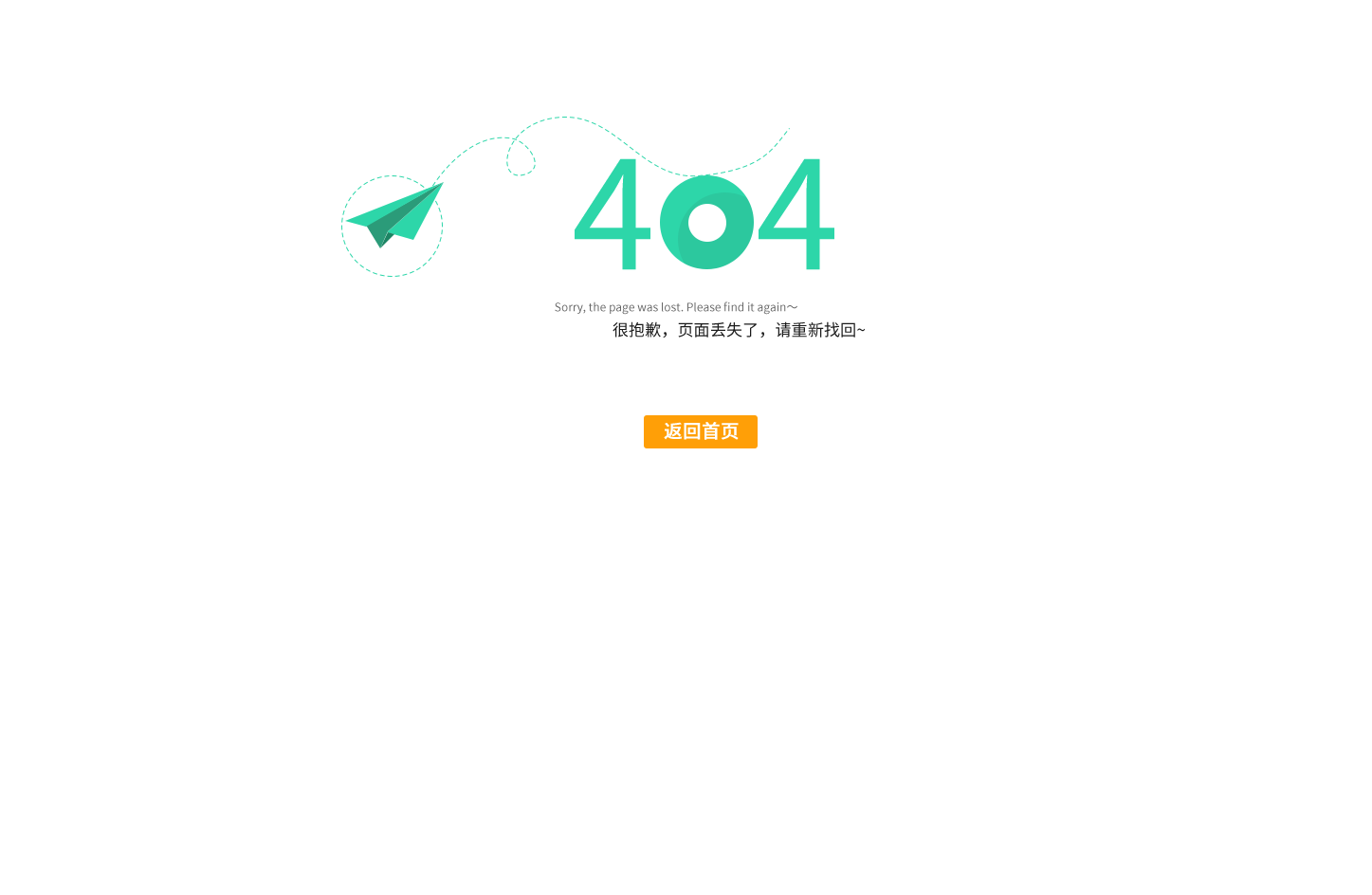
- All Drug Categories
- Home
- Anti-cancer Drugs
- Healthcare Products
- Medical Information
- Statement
Selinexor, as a novel nuclear export inhibitor, is mainly effective in the treatment of recurrent/refractory hematological tumors, demonstrating anti-tumor activity through its unique mechanism of action. The following provides a detailed explanation of the mechanism of action, clinical data, and factors affecting therapeutic efficacy.
1. Core mechanism of action
(1) Selective inhibition of XPO1: Inducing cancer cell apoptosis by blocking the nuclear output of tumor suppressor proteins and growth regulatory proteins.
(2) Synergistic sensitization effect: It can restore the sensitivity of traditional drugs and enhance the anti myeloma effect when combined with dexamethasone.
2 Key Clinical Research Data
(1) Multiple myeloma: In the STORM study, the overall response rate of the combination therapy was 26.2%, with a median response duration of 4.4 months.
(2) Diffuse large B-cell lymphoma: SADAL study shows an overall response rate of 28%, with 7% achieving complete response.
3 factors affecting therapeutic efficacy
(1) Number of treatment lines: Patients who have received ≤ 3-line treatment in the past have a significantly higher remission rate than those who have received multi line treatment (34% vs 21%).
(2) Adverse reaction management: Timely treatment of side effects such as thrombocytopenia can ensure the continuity of treatment.
4 Response characteristics of special populations
(1) Elderly patients: Close monitoring of toxicity is necessary for those aged 75 and above, and there is no significant difference in efficacy compared to younger patients.
(2) Renal insufficiency: Mild damage does not require dose adjustment, moderate to severe damage requires careful evaluation.
Disclaimer:《How effective is Selinexor》Edited and sorted by Seagull Pharmacy's editors. Please contact us in time if there is any infringement. In addition, the suggestions for drug usage, dosage and disease mentioned in the article are only for medical staff's reference, and can not be used as any basis for medication!